Coronavirus and HVAC / building services. With the coronavirus (COVID-19) now reaching pandemic level, it’s important to consider the impacts on staff as well as building occupants and steps that can be taken with regards to HVAC systems as well as building services during this time of disruption.
U-V filters.
Many AHU’s and RTU’s have, or can have, ultraviolet light filters installed. U-V light is used to kill airborne viruses and bacteria. Coronavirus has apparently shown to be affected by U-V light. Authorities in China are reportedly using U-V light to clean buses. Click to read news report.
If your AHU/RTU already has U-V filters, it’s a good idea to ensure these are turned on and are functional. If you don’t have these installed, you may want to consider them. These are easy to install; you can order them online. Link to example here.
Air filters
AHU’s, RTU’s, FCU’s and A/C units have filters installed to clean the air. Most of these systems will also recirculate the air. As the coronavirus can be transmitted through particles in the air from sneezes and coughing, consider changing the filters more regularly.
Take caution when changing the filters. Wear appropriate protective equipment. Mask, gloves, goggles and disposable overalls and do not touch your face during this time.
AHU/RTU recirculation
AHU’s and RTU’s are often set to recirculate the air within a building to reduce energy consumption. As coronavirus can be transmitted through air, and the HVAC system recirculates the air within the building, consider turning the recirculation off so the units are pulling in fresh air. This will result in higher energy consumption but it will also result in more fresh air within the building which should reduce the risk of spreading the virus in a confined space.
Forced ventilation
You could consider changing the speed of the extract fan on a ventilation system. Increasing the speed will result in more air being removed from the space which creates a slightly negative pressure within the building so more fresh air will seep in through all the gaps and seals in the building, this also means more dust will enter. Decreasing the speed will create a slightly positive pressure because the supply fan is pushing air into the space, this will push air out of the building through the gaps and seals. Increasing the speed will reduce the lifespan and increase the need for maintenance.
Some areas such as fire stairwells will use fans to pressurise the space in the event of a fire to reduce the spread of fire. Do not adjust these fans.
Hand driers
Hand driers in bathrooms have been reported to spread germs. If a person doesn’t wash their hands sufficiently and then using a hand drier, the germs on their hands will become airborne. Consider turning off all hand driers and switching to paper towels, ensuring the towels are disposed of safely.
Motion detection
These days, doors, taps and toilets are all often controlled using motion or proximity detection. Using these prevents the need for a person to touch surfaces like door handles, levers and tap heads. If your building has these installed, ensure they are working now, if you don’t have them installed then consider installing them.
Toilet extract
The coronavirus is known to spread through contact with bodily fluids. Bathrooms are high risk areas for this reason.
Toilets usually have extractor fans fitted. Although these mostly do not contain filters, they do require maintenance. Ensure the fans are working now so they do not need to be maintained in the next few weeks. Consider increasing the extract fan run times and speed to extract more air from these regions. Avoid going near the extract vent.
Sewage pumps and drains
The virus has shown to be found in stools and saliva. As bodily fluids are flushed down drains and moved by pumps, ensure these are not leaking and are functioning properly. Wear protective equipment for maintenance tasks in these areas.
Scheduled maintenance
All buildings need to carry out maintenance. With governments around the world restricting movement of people, and also staff becoming unwell, consider prioritise your maintenance schedule now so that less is needed to be done in the coming weeks and the pandemic takes grip.
Turn off things that do not need to be on. Top-up the chemical dosing in the various systems so they do not need ongoing maintenance. Inspect pipework for potential leaks. Use a thermal imaging camera to inspect electrical connections to ensure there are no hotspots and risk of failures.
Maintenance staff and technicians
Maintenance staff often have access to all areas of a building, or multiple buildings, to ensure the smooth operation of building services often coming into contact with multiple people for prolonged periods of time.
Ensure these staff members are taking hygiene seriously. Washing hands regularly. Not coming to work if they show symptoms. Remind them not to touch or wipe their faces with their hands. As much as possible keep them out of the ventilation systems. Ensure they wash their hands before touching food and drinks after carrying out maintenance.
Stagger break times so that staff, and entire teams, do not mix together for prolonged periods of time. Do not share food.
Team meetings
Consider cancelling all in-person team meetings and making contact through electronic means to limit the risk to exposure.
Building transportation
Many large buildings will make use of elevators and escalators, otherwise personnel will use the stairwells. Ensure these mechanical systems are functional and increase cleaning of buttons and hand rails.

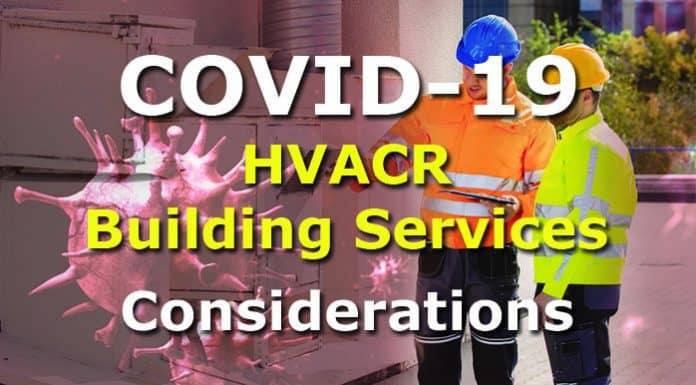


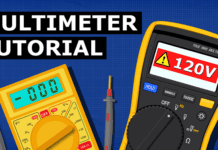


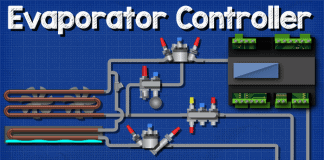

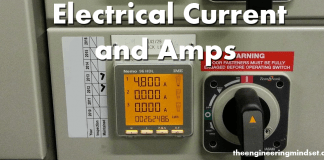
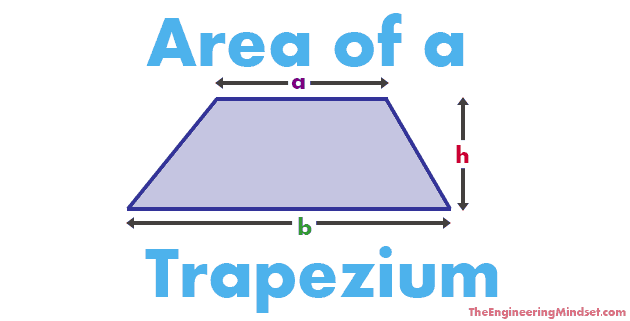








I have sent this email to about 12 different organisations in UK since last April, but I have yet to receive the courtesy of a reply!!!
***********
Many years ago, I used to design and install ultrasonic sprayers for the control of
odours emanating from compost manufacture on mushroom farms.
These odours were caused by molecules of organic compounds floating in the air.
These sprayers, mounted at about 100ft above ground level, worked by ultrasonically atomising a liquid comprised of water plus a small amount of chemical which had the property of reducing the surface tension of the resulting atomised droplets. e.g. a surfactant such as soap or detergent.
These tiny, inherently electrically charged, invisible droplets were then able to drift in the air.
They would repel each other, but would attract and absorb various entities and compounds down to molecular level.
This process would continue until the droplets were too large and too heavy to float, whereupon they dropped to the ground and the odour was eliminated completely, and optionally replaced by a different pleasant odour (with added perfume!)
This was a very successful process, and you could instantly smell the difference in areas over a few metres.
Since the coronavirus itself is of the order of 0.1um in diameter and apparently is spread by fine airborne droplets, and is destroyed by soap, maybe this method has been overlooked?
Also the increased local RH would also help to reduce infection.
This would be quick, cheap and easily installed, and could be used for area disinfection, or injection into the HVAC system, by using the right constituents, such as water and soap!